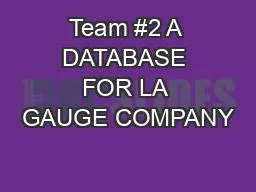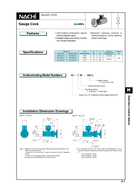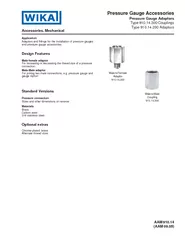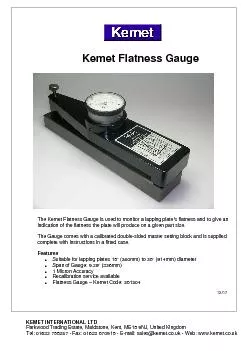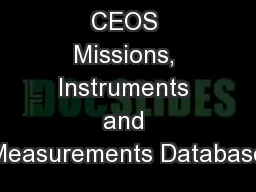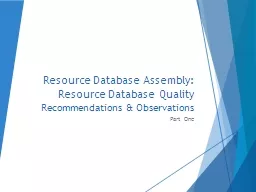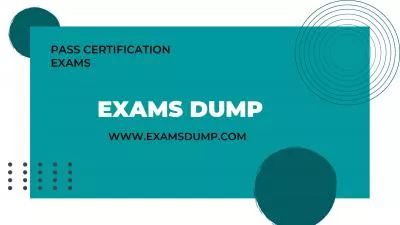PPT-Team #2 A DATABASE FOR LA GAUGE COMPANY
Author : ubiquad | Published Date : 2020-07-01
Benn Ackley Ajay Bawa Clarence Cheung Steven Leonard Nhat Nguyen Edrick Soetanto Company Background Customer Request EER Diagram Relational Schema Normalization
Presentation Embed Code
Download Presentation
Download Presentation The PPT/PDF document "Team #2 A DATABASE FOR LA GAUGE COMPANY" is the property of its rightful owner. Permission is granted to download and print the materials on this website for personal, non-commercial use only, and to display it on your personal computer provided you do not modify the materials and that you retain all copyright notices contained in the materials. By downloading content from our website, you accept the terms of this agreement.
Team #2 A DATABASE FOR LA GAUGE COMPANY: Transcript
Download Rules Of Document
"Team #2 A DATABASE FOR LA GAUGE COMPANY"The content belongs to its owner. You may download and print it for personal use, without modification, and keep all copyright notices. By downloading, you agree to these terms.
Related Documents

